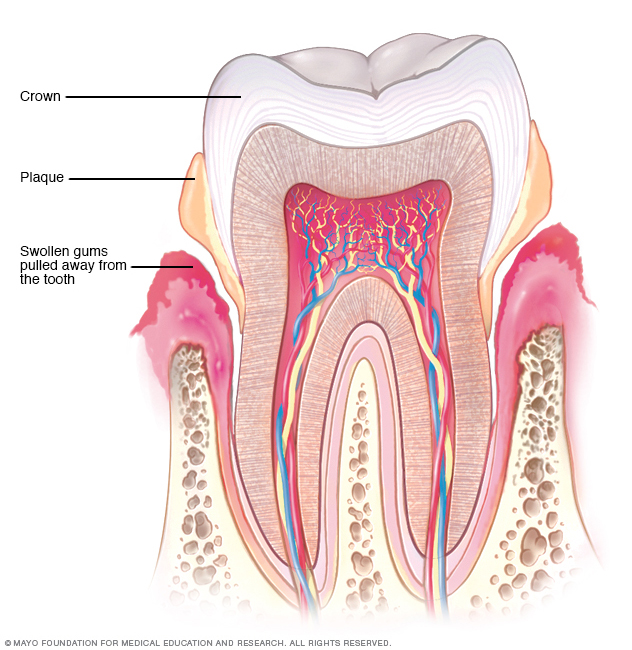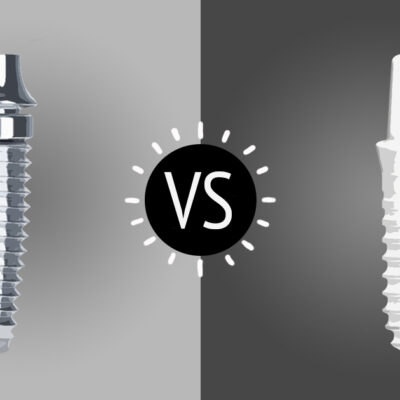They are a popular and effective way to replace missing teeth. They’re made of titanium, and they’re surgically implanted into the jawbone. Once they’re in place, they can support a dental crown, bridge, or denture. They are strong and durable, and they can last a lifetime with proper care. One of the questions we often get from patients is, “How much space do I need between implants?” The answer is, that it depends. The amount of space you need depends on the type of dental implant you’re getting, the type of restoration you’re getting, and your individual mouth. In this article, we’ll explore the factors that affect the spacing of dental implants and give you some general guidelines.
Space you need between dental Implants
As per the international literature, the bare minimum distance between an implant and a natural tooth should be at least 1.5-2mm. To get the visual look and functional result lasting in time. According to the international literature, the minimum distance between an implant and natural tooth should be at least 1.5-2mm, and between implant and implant should be at least 3mm, in order to obtain an aesthetic and functional result lasting in time.

The type of dental implant you’re getting
Dental implants are made of titanium, so they’re biocompatible and will not cause any reactions in your body. They’re also porous, which means they naturally draw minerals from the surrounding bone tissue. As they’re absorbing minerals, they’re also helping to stimulate new bone growth, which is why they’re such a great treatment for patients who have missing teeth. There are several types of implants, each with different characteristics. How much space you need between your dental implants will depend on the type of implant you’re getting.
Full-surface implants – Full-surface implants are large, rectangular implants that are placed entirely inside the jawbone. You don’t need any extra space between full-surface implants, so it’s easy to place them in the mouth.

Full-coverage implants – Full-coverage implants are smaller than full-surface implants, and they cover more of the tooth root. You still don’t need any extra space between full-coverage implants, so again, it’s easy to place them in the mouth.
Full-conventional implants – Full-conventional implants are placed entirely inside the jawbone, but they’re much smaller than full-surface implants. You’ll need extra space between these implants because you need room to place the restorative material (crown, bridge, or denture). You might be able to place full-conventional implants with direct bone healing, or you might have to place them with a healing abutment.
The type of restoration you’re getting
The type of restoration you’re getting will affect the spacing between your dental implants. For example, if you’re getting two crowns, you’ll need additional space between the crowns. If you’re getting a bridge, you don’t need any extra space between the implants. If you’re getting two crowns – If you’re getting two crowns and no other restorations, you’ll need additional space between the crowns. You’ll need room to place the abutments and implants, as well as room to place the crowns on the abutments.
The abutments and implants will be placed with a 4- to the 6-millimeter gap between them, and the crowns will be placed with a 2-millimeter gap between them. For example, you might be getting two crowns. You’ll need room for the dental implants, so you’ll need to place them about 6 millimeters apart. You’ll also need room for the abutments and crowns, so you’ll place them about 8 millimeters apart.
That means you’ll need to have a total distance of 14 millimeters between the two crowns. If you’re getting a bridge – If you’re getting a bridge and no other restorations, you don’t need any extra space between the implants. You’ll simply place the implants, then place the bridge on top of them. The bridge will cover the implants, so you don’t need any extra room between them.
Your individual mouth
Your individual mouth will affect the spacing between your dental implants. For example, if you have a narrow jaw, you might need to place the dental implants farther apart. If you have a wide jaw, you might be able to place the implants closer together. If you have a narrow jaw – If you have a narrow jaw, you might need to place the implants farther apart.

This will give you enough room for the restorative material (crown, bridge, or denture). With a narrow jaw, there might not be enough room to place dental implants as close together as you’d like. If you have a wide jaw – If you have a wide jaw, you might be able to place the dental implants closer together. With a wide jaw, there’s more room for the restorative material, so you might be able to place the implants closer together.
General guidelines for spacing
The general guidelines for spacing between dental implants will give you a good starting point, but your dentist will determine exactly how much space you need between the implants while they’re placing them. Your dentist will take dental, medical, and esthetic factors into consideration when placing your dental implants. Additionally, your dentist will likely place the dental implants as close together as possible while still allowing enough room for the restorative material you’re getting.
General guidelines for spacing between implants are as follows:
- No other restorations – 6 millimeters apart
- Two and one crown or bridge – 8 millimeters apart
- Two dental implants with two crowns or bridges – 10 millimeters apart
- Three dental implants with one crown or bridge – 16 millimeters apart
- Three dental implants with two crowns or bridges – 18 millimeters apart
If you have a wide jaw and are getting three dental implants, you might need to place the implants farther apart. If you have a narrow jaw and are getting three dental implants, you might be able to place them closer together. These general guidelines will give you a good idea of how much space you need between your dental implants. However, your dentist will determine the specific spacing while they’re placing them.
Follow Us For More Updates





